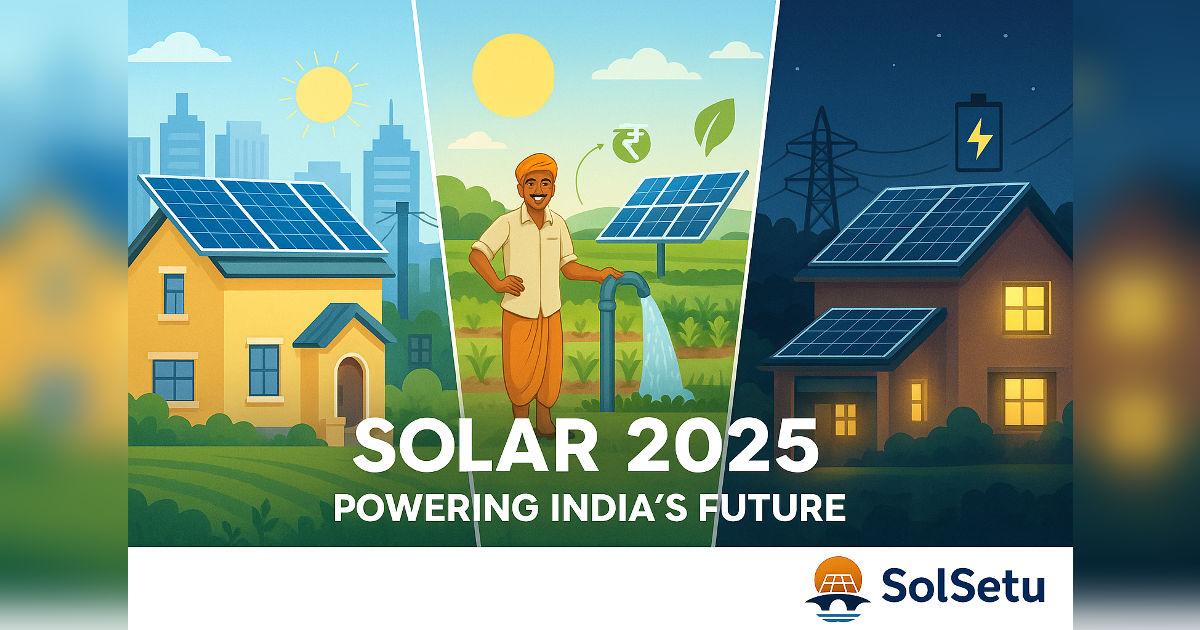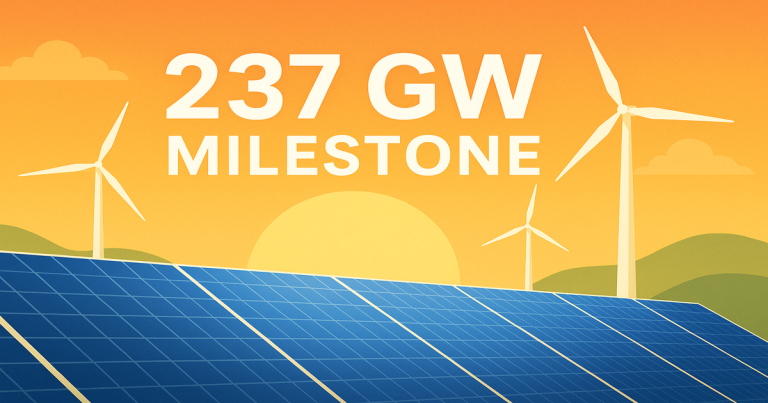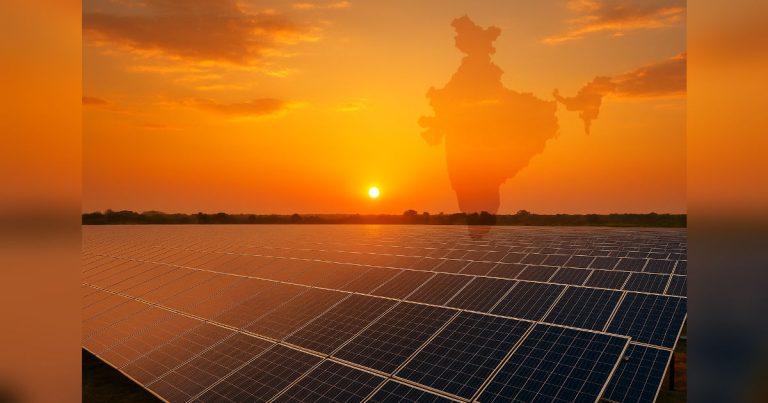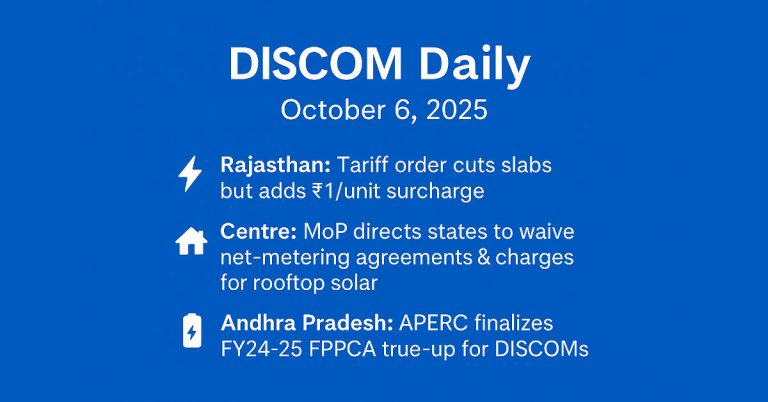Why Solar is the Future of Energy in India
Introduction
Energy is the backbone of every nation’s growth. From the lights in our homes to the machines in our factories, every activity depends on a steady supply of electricity. But in India, this demand is growing faster than ever before. With a population of over 1.4 billion and an economy expanding at one of the world’s fastest rates, our need for reliable and affordable energy is urgent. The challenge, however, lies in balancing growth with sustainability.
This is where solar energy comes in. Blessed with over 300 sunny days in a year, India has one of the highest solar potentials in the world. Every rooftop, every farm, and every open field has the potential to become a mini power plant. With falling solar costs, government subsidies, and rising awareness, the dream of making India a solar-powered nation is no longer far away.
India’s Solar Potential
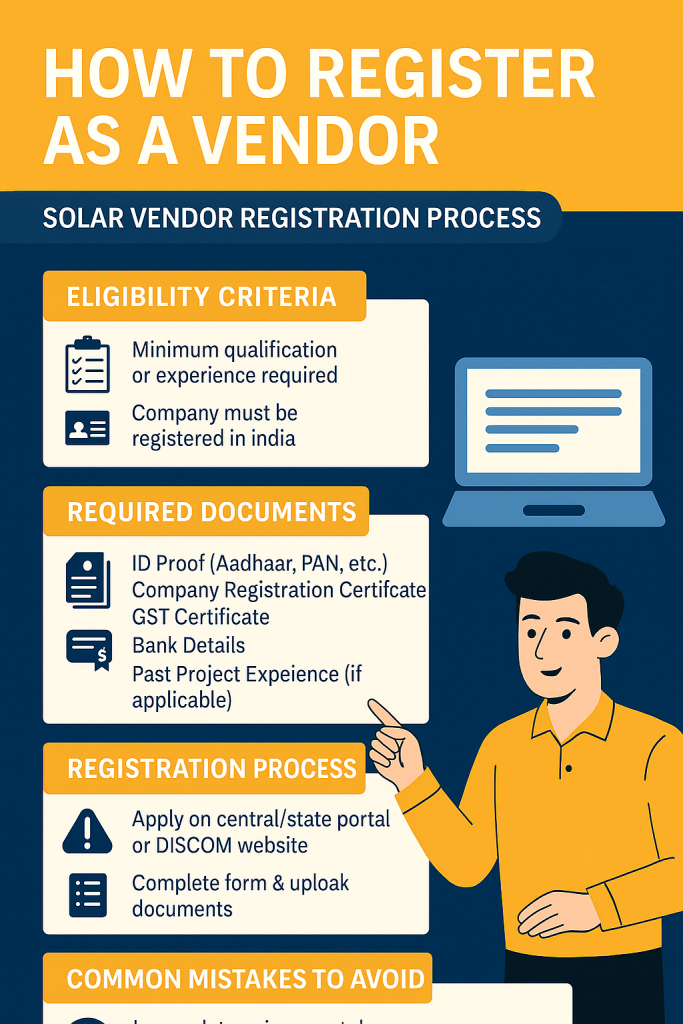
India is geographically positioned in a way that makes it a solar goldmine. Most parts of the country receive 4–7 kWh per square meter per day of solar radiation for more than 300 days a year. This translates to an estimated potential of over 750 GW of solar energy, much higher than our current installed capacity of about 80 GW (as of 2025).
Imagine this: if even 1% of India’s land area is used for solar installations, we could generate enough electricity to power the entire nation. Rooftops, barren land, deserts, and even floating solar projects on reservoirs are all opportunities waiting to be tapped.
Falling Costs and Rising Adoption
One of the biggest reasons solar energy is booming worldwide is the steep drop in costs. Over the last decade, the price of solar panels has dropped by more than 80%, making it cheaper than coal and natural gas in many cases. In India, the cost of generating solar electricity has fallen to around ₹2–2.5 per unit, compared to coal-based power at ₹3–5 per unit.
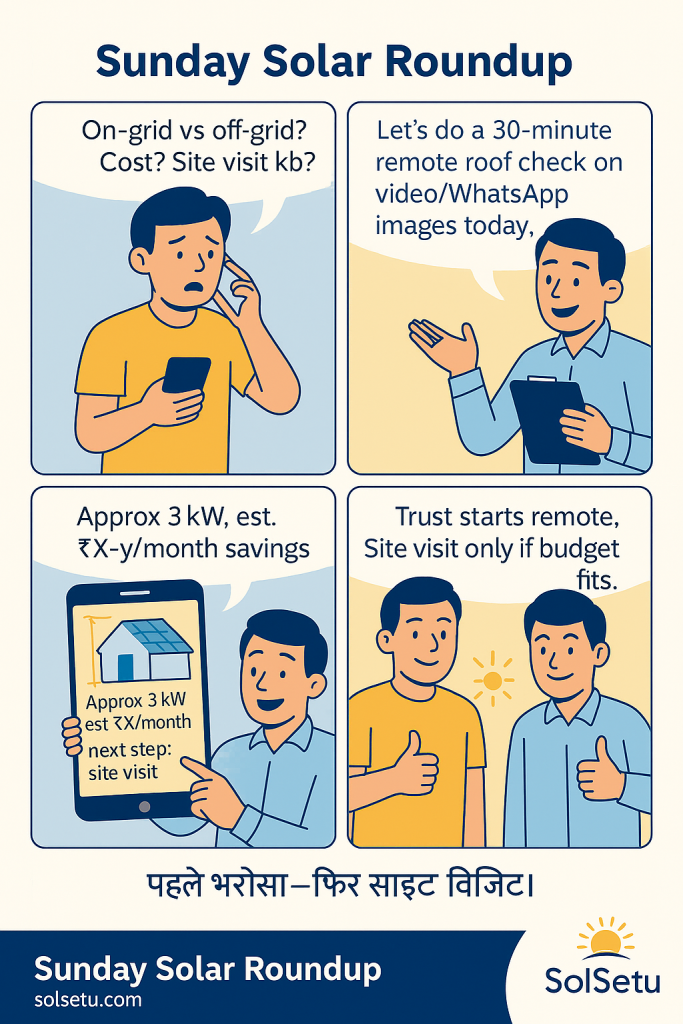
This makes solar not just an eco-friendly option, but also an economically smart choice. For households, installing rooftop solar panels means drastically lower electricity bills. For businesses, it means lower operating costs and better sustainability credentials. For the government, it means reduced dependence on imported fossil fuels.
Government Push and National Targets
The Government of India has been actively pushing solar energy as a cornerstone of its renewable energy mission. Some key initiatives include:
National Solar Mission (2010): Launched to establish India as a global leader in solar energy.
Target of 500 GW renewable capacity by 2030: Out of this, over 280 GW is expected to come from solar.
PM Surya Ghar Yojana (2024): Provides subsidies of up to ₹78,000 for rooftop solar installations.
KUSUM Scheme: Helps farmers install solar pumps for irrigation.
Solar Parks Scheme: Large-scale solar parks across states like Rajasthan, Gujarat, and Madhya Pradesh.
These policies ensure that both individuals and businesses can access affordable financing, subsidies, and simplified procedures for solar adoption.
Environmental Benefits of Solar
India is currently the third-largest emitter of greenhouse gases after China and the US. Coal still provides about 70% of our electricity, leading to pollution and climate risks. Solar energy offers a clean and sustainable alternative.
Here are some key environmental benefits:
🌍 Reduced Carbon Footprint: Every kW of solar installed reduces CO₂ emissions by about 1.5 tons annually.
💧 Water Conservation: Unlike coal plants, solar panels do not consume huge amounts of water.
🍃 Clean Air: Solar reduces dependency on coal, cutting down harmful pollutants like SO₂ and NOx.
By choosing solar, India can significantly reduce its carbon emissions while also meeting growing energy needs.
Solar for Homes and Businesses
Solar is not just for large industrial projects—it is for everyone.
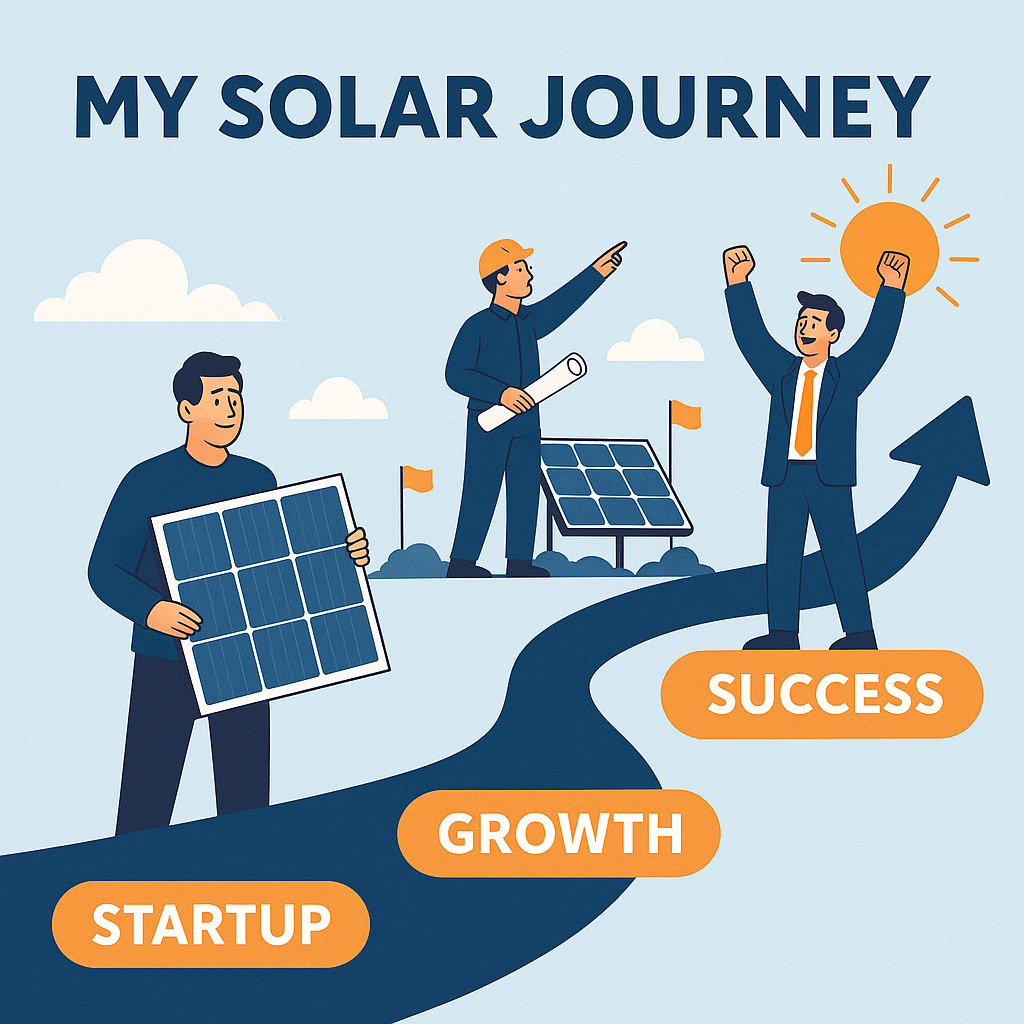
For Businesses
- Lower operating costs.
- Demonstrate commitment to sustainability (important for brand reputation).
- Avail tax benefits and depreciation incentives.
- Hedge against rising electricity prices.
From schools and hospitals to small shops and large factories, solar energy provides customized solutions for all.
Case Studies from India
Gujarat: One of the first states to launch solar policies, Gujarat now has the world’s largest solar park at Charanka.
Rajasthan: With vast deserts, Rajasthan is tapping its solar potential to supply clean power nationwide.
Delhi Schools: Several government schools have installed rooftop solar, reducing bills and promoting awareness among children.
These success stories show that solar is practical, affordable, and impactful at all scales.
Challenges Ahead
Despite its promise, solar energy adoption in India faces some challenges:
Awareness: Many households are still unaware of subsidies and benefits.
Financing: High upfront costs discourage adoption, though EMI options are improving.
Quality Control: The market has both reliable and unreliable vendors, making it hard for customers to choose.
Grid Integration: Managing large amounts of solar power requires better infrastructure and storage.
This is where trusted platforms like SolSetu play a crucial role.
How SolSetu is Bridging the Gap
At SolSetu.com, we believe the future of energy is solar—and we’re making that future accessible today. SolSetu acts as a bridge between customers and verified vendors, ensuring that people:
Find trusted solar companies with verified credentials.
Access information about government schemes and subsidies.
Use tools like solar calculators to estimate savings.
Stay updated with articles and insights on solar adoption.
For vendors, SolSetu is a growth platform. Listing your business means gaining visibility among genuine customers who are actively seeking solar solutions.
What You Can Do Today
If you are a homeowner, explore rooftop solar and check if you qualify for subsidies under PM Surya Ghar Yojana. Use SolSetu’s tools to calculate your potential savings.
If you are a business owner, consider investing in solar to reduce costs and enhance your brand’s eco-credentials.
If you are a solar vendor, don’t miss the opportunity to connect with India’s growing solar community. List your business on SolSetu.com and become part of India’s clean energy future.
Conclusion
India’s energy future is being written today, and solar power is at the heart of it. With abundant sunlight, falling costs, strong government backing, and rising awareness, the transition to solar is not just inevitable—it’s essential.
Solar is the energy of the people, by the people, and for the people. And with platforms like SolSetu, making the switch has never been easier.
🌞 The future is bright. The future is solar. The future is SolSetu.

